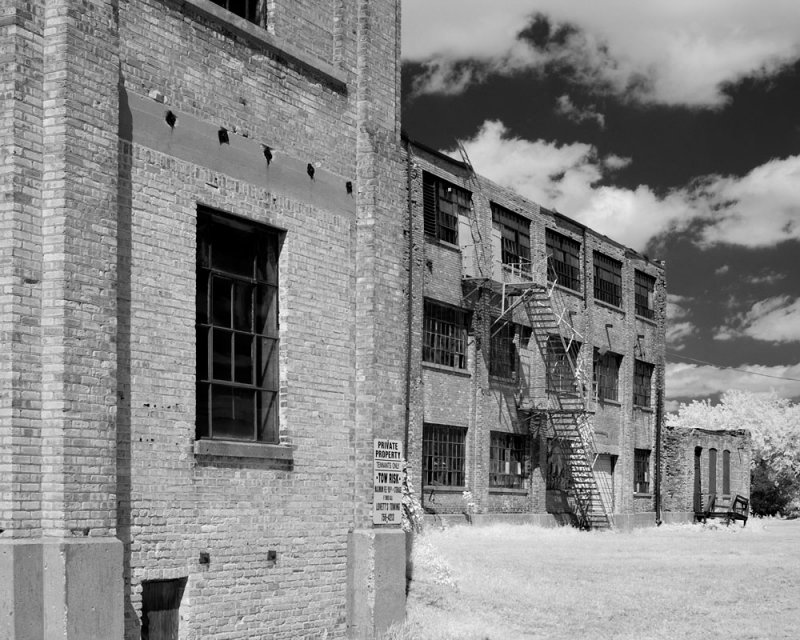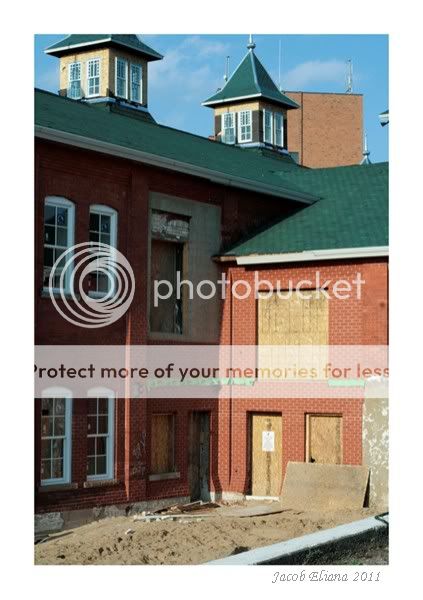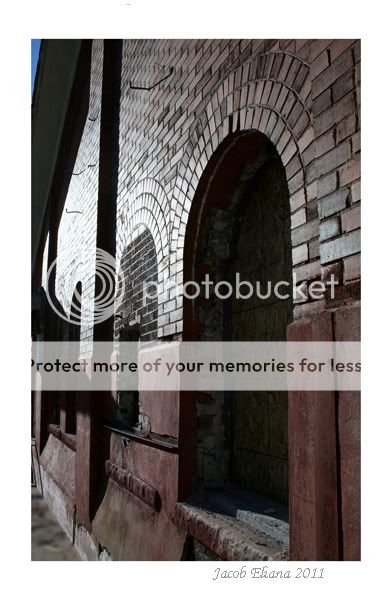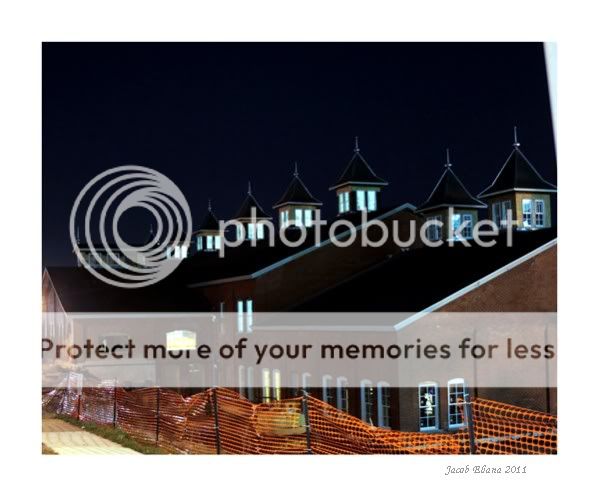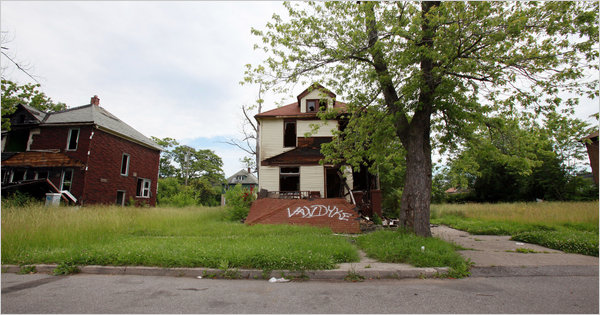Rachel Foster
New member
Inspired by Scott Kirkpatrick's classic industrial objects thread, I got to thinking about photos of industrial sites themselves. I'm not certain if this overlaps too much with current threads, but I'm confident Asher will put it where it should be if that's the case.
This is an old factory building on the shore of Lake Michigan in Muskegon. It was taken at dawn in November, 2009. Handheld, ISO 2000, f/6.3, 1/100.

Jacob Eliana: Factory
This is an old factory building on the shore of Lake Michigan in Muskegon. It was taken at dawn in November, 2009. Handheld, ISO 2000, f/6.3, 1/100.

Jacob Eliana: Factory




